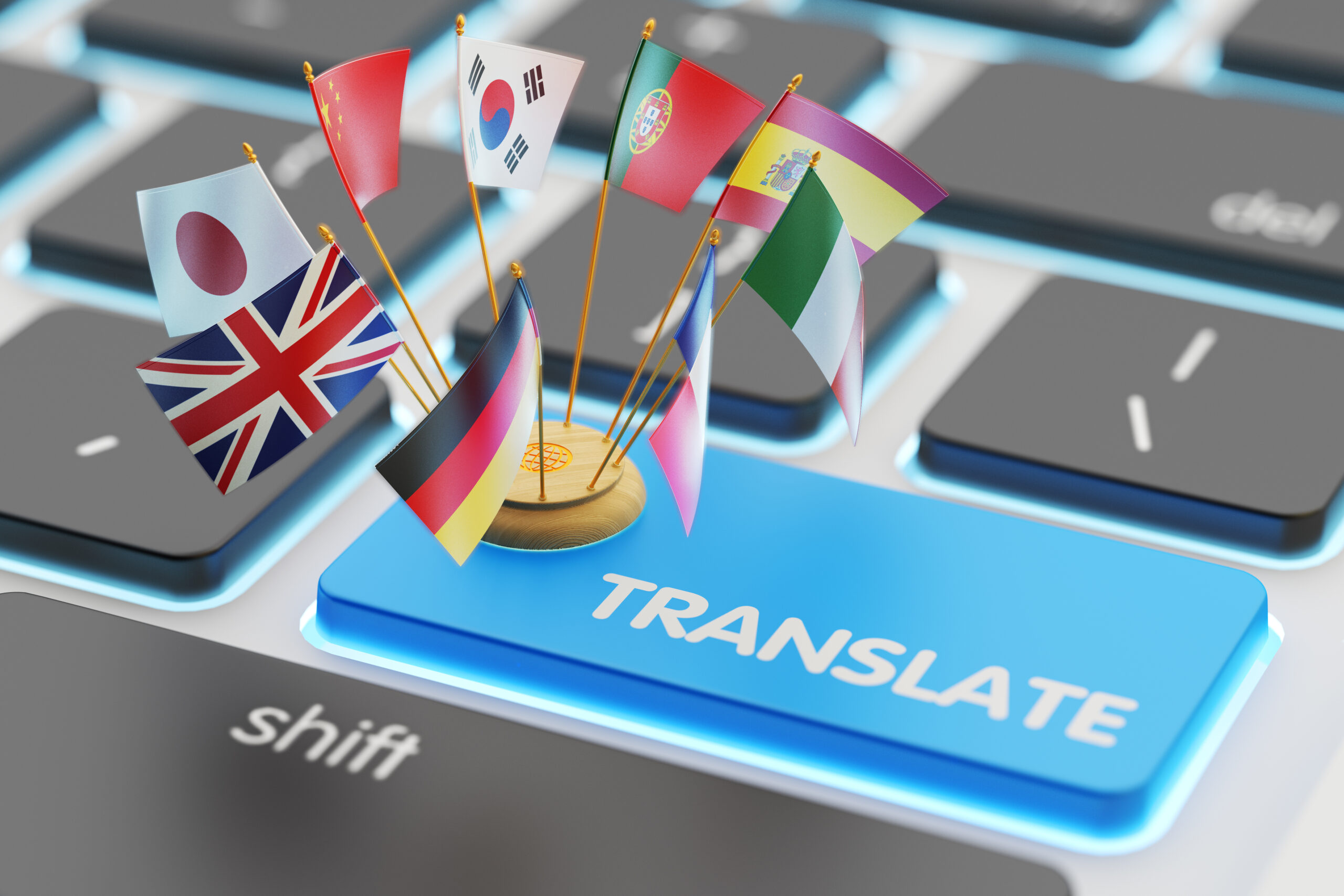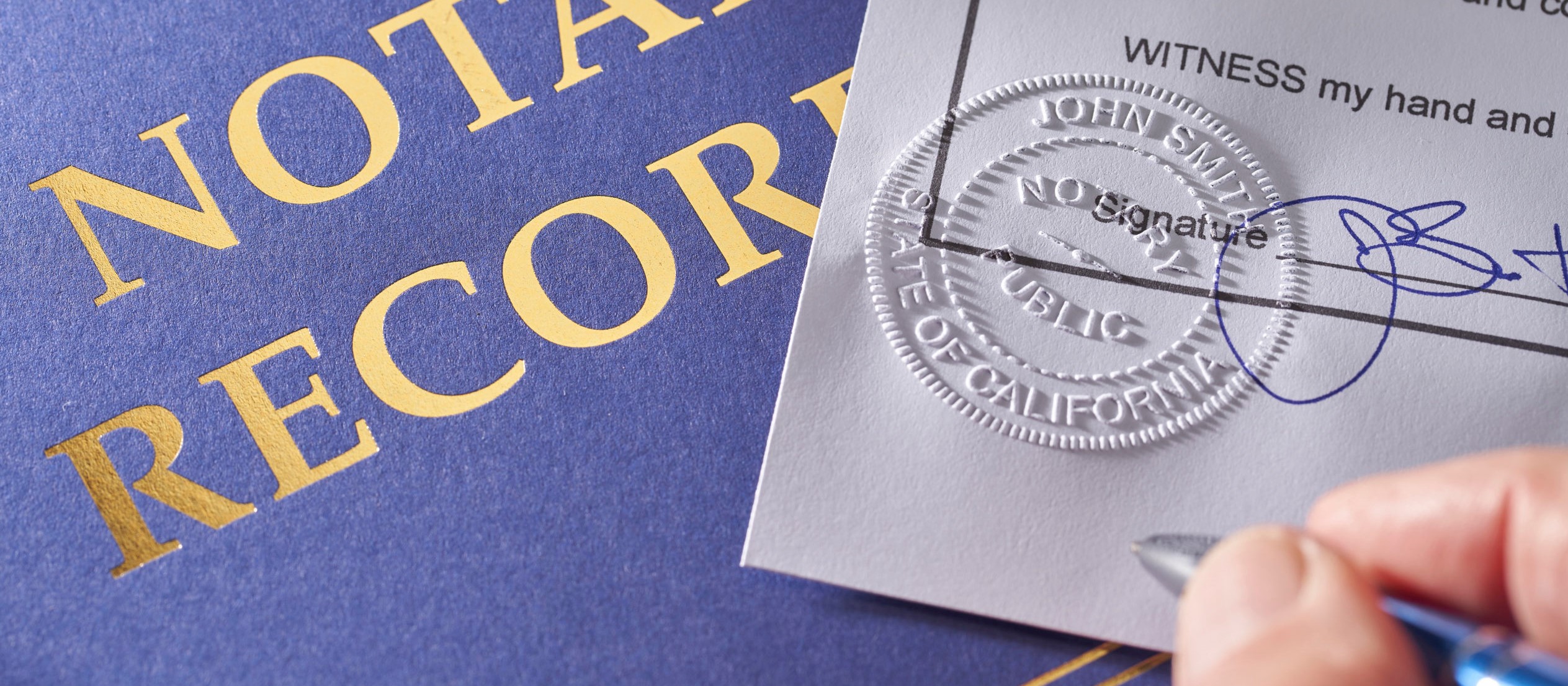Have you ever wondered why some international ad campaigns soar like eagles while others crash and burn? It's often not the product or the budget—it's how the message adapts to the local vibe. Enter transcreation, the unsung hero of global marketing that turns bland translations into cultural gold. Unlike straight-up word swaps, this approach reworks ideas to hit home emotionally, and real-world examples prove it's a game-changer for brands aiming to connect across borders.
What Sets Transcreation Apart from Literal Translation?
Let's break it down simply. Literal translation sticks to the script, converting words directly from one language to another. It's fine for legal docs or manuals, but in marketing? Not so much. It misses the flavor—the puns, cultural nods, or subtle tones that make a slogan stick. Transcreation, though, is like a remix: it keeps the core message but tweaks it creatively to match the audience's worldview. Imagine translating a joke; if it doesn't land funny in the new language, you rewrite it until it does.
This isn't just theory. It demands deep cultural insight, often involving local creatives who know the ins and outs of slang, holidays, or even superstitions. The goal? Spark the same feelings—excitement, trust, nostalgia—regardless of where the ad runs.
Brand Flops That Highlight the Risks of Skipping Transcreation
Plenty of big names have learned this the hard way. Remember when Coors beer's "Turn It Loose" slogan hit Spain? A direct translation made it sound like "Suffer from Diarrhea," turning a chill vibe into a total turn-off. Sales dipped, and the brand had to scramble to fix the mess. Or take Parker Pens' promise of "It won't leak in your pocket and embarrass you"—in Mexico, it accidentally implied "It won't leak in your pocket and make you pregnant." Talk about a cultural misfire that left consumers scratching their heads.
Even tech giants aren't immune. Microsoft's Bing search engine launched in China as "Biying," but the literal take evoked "must respond" in a way that felt off-key. These slip-ups aren't rare; they show how ignoring local nuances can alienate audiences and torch reputations. According to a 2022 report from the Common Sense Advisory, poor localization leads to 40% of consumers avoiding brands that don't speak their language properly, costing companies billions in potential revenue.
Success Stories Where Transcreation Made All the Difference
Flip the script, and you'll see brands thriving thanks to smart adaptations. Red Bull's "Gives You Wings" doesn't just translate—it morphs to capture local energy. In Thailand, it ties into cultural myths about flight and freedom, making the drink feel like a natural boost for everyday adventures. The result? A loyal fanbase that sees Red Bull as part of their lifestyle, not just a can of caffeine.
Then there's Dove's "Real Beauty" campaign. Instead of rigid translations, they transcreated stories to reflect diverse beauty standards—from body positivity in the U.S. to celebrating natural skin in Asia. This emotional tailoring led to a 30% sales uplift in targeted markets, per Nielsen data from their global rollout. And KitKat in Japan? They turned the name's sound ("kitto katsu," meaning "surely win") into good-luck charms for exams, spawning flavors like green tea that feel authentically local. These wins aren't luck; they're proof that transcreation builds bridges, turning global pushes into heartfelt conversations.
The Hard Data Behind Transcreation's Edge
Numbers don't lie, and they're on transcreation's side. A Slator Language Industry Market Report from 2023 pegs the localization market at over $50 billion, with transcreation growing fastest at 15% annually. Why? Brands using it see engagement rates climb by 25-35%, based on case studies from the Content Marketing Institute. Plus, avoiding blunders saves cash—Harvard Business Review estimates that culturally insensitive campaigns flop 60% more often, leading to rework costs averaging $200,000 per fix.
In short, it's not an add-on; it's essential for ROI in a world where 75% of consumers prefer buying in their native language, as per CSA Research.
Forging Real Emotional Ties Through Cultural Fit
At heart, transcreation is about empathy. It digs into what makes people tick in different places—maybe humor in the UK, family ties in Latin America, or innovation in South Korea. By aligning with these, brands don't just advertise; they relate. This creates loyalty that's tough to shake, as fans feel the message was made for them.
Of course, pulling it off takes expertise. That's where specialists shine, like Artlangs Translation, who've honed their skills over years in handling 230+ languages. From video localization and short drama subtitles to game adaptations and multilingual dubbing for audiobooks, their track record includes standout projects that blend seamless tech with cultural savvy. It's this kind of know-how that helps brands avoid pitfalls and truly resonate.
Ultimately, in global marketing, transcreation isn't optional—it's the difference between being heard and being remembered. Brands that get it right don't just expand; they embed themselves in hearts worldwide.











